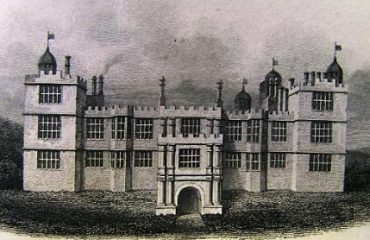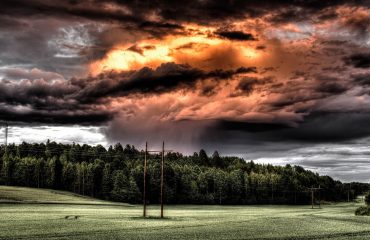1. Rowley
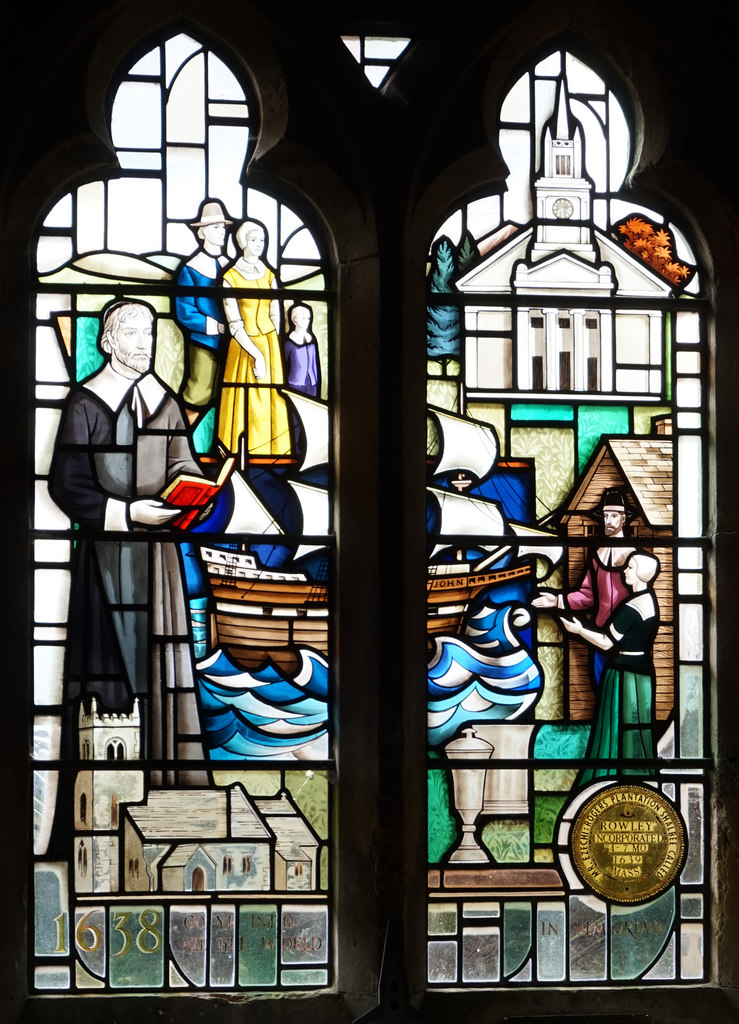
Lying in the middle of the East Yorkshire countryside between Beverley and Hull was the lost village of Rowley. All that remains nowadays is the church and manor house, which is nowadays a hotel. The story of Rowley and its desertion starts in 1621 when Reverend Ezekiel Rogers became the Vicar at the village’s St Peter’s Church. In 1638 he was suspended from the church of England for his non-conformist and puritan beliefs. Following this he founded a settlement also called Rowley in Massachusetts USA and took 20 families from the village to settle there with him, thus depopulating the original village. In 2008 it was revealed on the BBC programme ‘Who Do You Think You Are? Kent-born model, Jodie Kidd, was descended from one of these families called Grant. In St Peter’s Church there is a stained glass window which commemorates the village’s mass exodus and there is also a chalice which dates back to 1634 from which the original parishioners would have taken communion from.
2. Owthorne
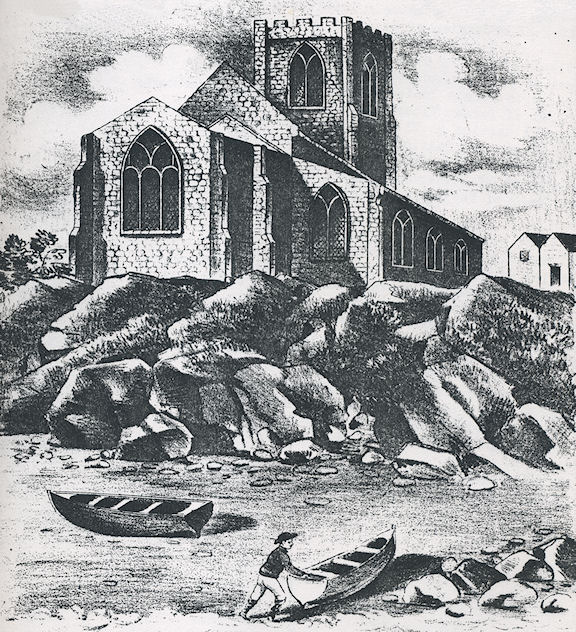
Owthorne is one of the many lost Yorkshire villages which has been destroyed by the North Sea. Having watched surrounding villages on the coast meeting a watery end, the villagers of Owthorne took steps to ensure the same thing did not happen to them. In 1793 the church stood just 12ft from the sea and so some of the gravestones were dug up and buried elsewhere.
The village hung on for a few years, until it finally perished around 1838, where the remaining bodies from the graveyard washed up on the beach. Traces of the old village that remained were amalgamated with nearby Withernsea during its expansion in the 19th Century and the old mere, which stood between the two settlements are now the Valley Gardens.
3. Henderskelfe
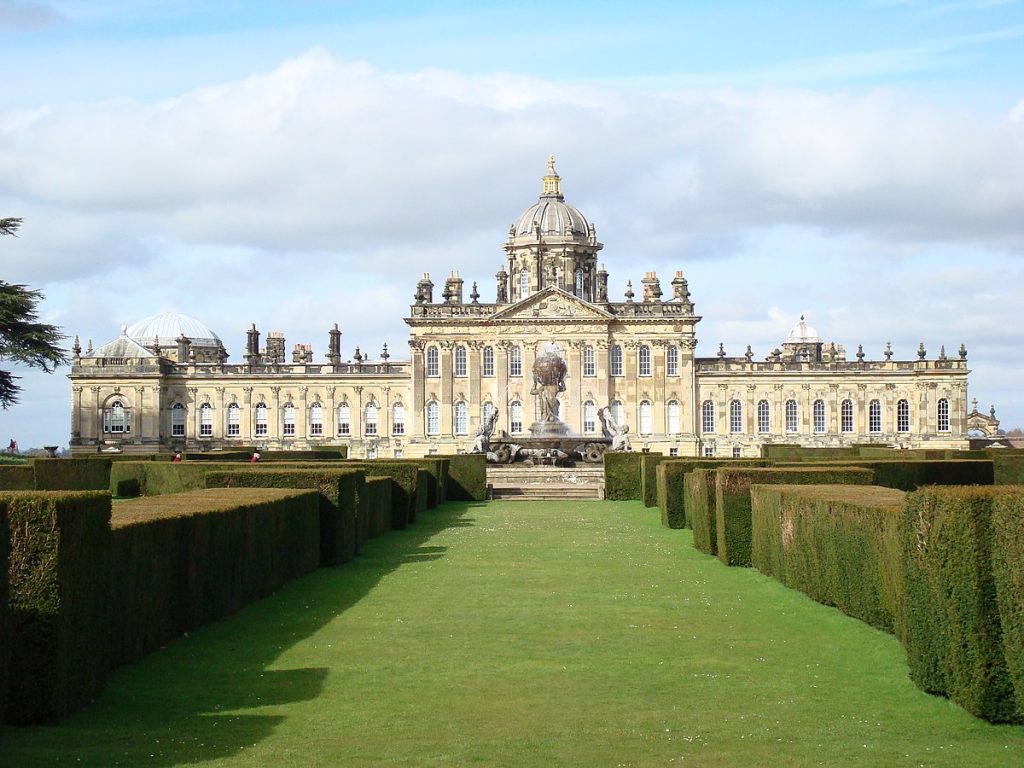
The village of Henderskelfe in North Yorkshire dates back to the days of the Vikings and means ‘Place of a thousand springs’ in Scandinavian. It was a thriving village with its own castle, church and manor house right up until the early 18th Century. The original medieval castle had been built during the reign of King Edward III but burnt down and was not rebuilt for another 300 years in 1683, only for it to be destroyed again by fire. Plans were afoot for a new castle to be built by John Vanbrugh, 3rd Earl of Carlisle which would be so big that it would take over the entire area. The only problem was there was a village in the way of his grand plans for the formal gardens and park. The solution was to flatten the village of Henderskelfe and distribute the population into nearby villages. While Castle Howard was built as a classic 18th Century country house, the ‘Castle’ part of its name is in reference to the village and fortification of which it replaced.
4. East Tanfield
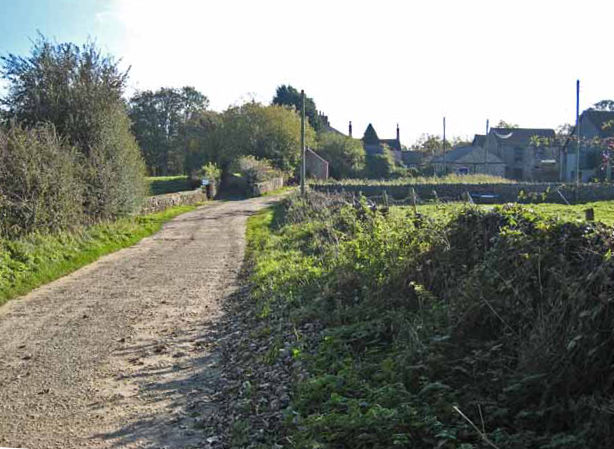
Nestling by the side of the River Ure near Ripon once was the medieval village of East Tanfield. It was once a thriving community mentioned in the Domesday Book and under the possession of a French nobleman, Count Alan of Brittany. Mysteriously between 1513 and 1517 eight houses were destroyed and the village gradually deserted. All that remains are a few scattered farms. Evidence of a main street and the earthworks of the original village can still be seen buried underneath the farmland and is one of the best preserved deserted medieval settlements in Yorkshire.
5. Magnum
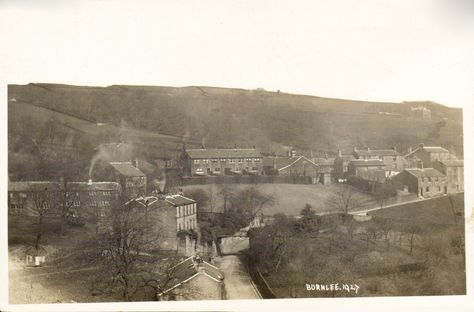
This hamlet, just outside the village of Hade Edge near Holmfirth was built for the workers of a local quarry, called Magnum Bonum, which opened in the 1830s. Originally there were nine stonemasons who moved here and brought sandstone with them labourers, builders and their families to form the small community of Magnum. At its height there was a pub, church, Sunday school and Mission Hall, which were used by the sixty residents who worked at the quarry. Unfortunately once the work dried up at the quarry so did the village. By the 1950s the church and other buildings were demolished, leaving just piles of stones on the moorland where it once stood.

